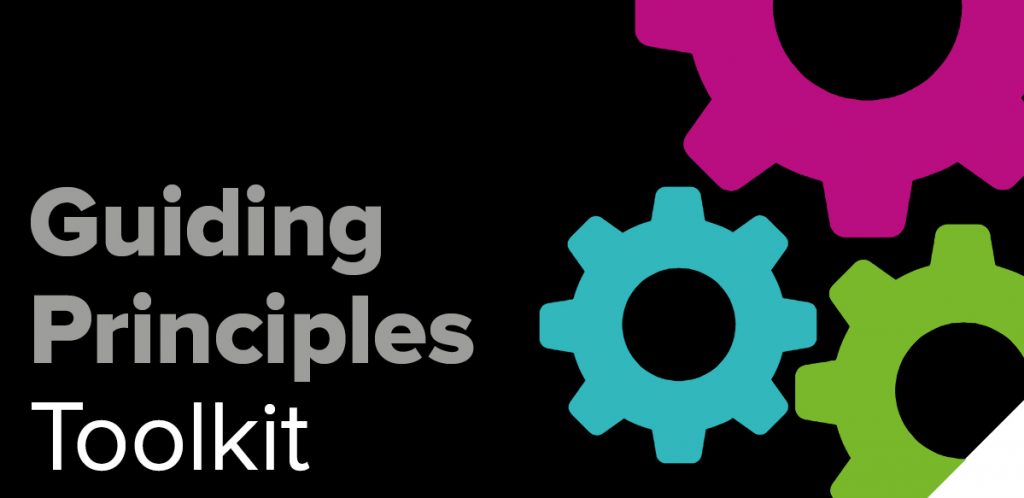Objectives
- To help the team to focus on process or climate characteristics rather than task characteristics.
- To help a team to develop a good team climate to underpin their effectiveness at getting tasks done.
- To practise open discussion on sensitive issues.
Time
60 minutes
Materials Required
One copy of the “Team Climate Self-Assessment Survey Handout” per team member plus some extras.
A flip chart with the seven characteristics and the five point scale. Marker pens. Self-adhesive dots (optional).
Instructions
- Divide the team into smaller subgroups of three to six persons in each group.
- The activity leader hands the checklist of questions to individual team members and one extra for each group. Explain that there are a number of key interpersonal issues that commonly cause disagreement to occur within teams; the checklist gathers these issues into categories and suggests a number of questions that can be issued to both diagnose underlying problems and provide a checklist for improving future performance. There are no right or wrong answers; rather the benefit of this self-assessment tool is in allowing the team to have objective discussions about how effectively each member of the team perceives the team is working.
- As a first step and without discussion, individual team members should answer the questions.
- The second step is for the sub-groups to reach consensus on a group score and note this down on the spare handout.
- Each group using self-adhesive dots or a marker pen should mark their score for each characteristic on the flip chart prepared by the activity leader.
- The activity leader should facilitate a debriefing discussion.
Debrief
- This is a difficult debrief as you are dealing with sensitive issues. The activity leader will need to set a climate conducive to openness and try to seek out the view of all team members without putting anyone in a difficult position.
- Look at the items where there is agreement and try to understand the different perspectives if there is disagreement.
- Identify those which need your attention and map out on the flip chart some ways to address those. Focus on specific actions that you can take.

